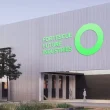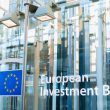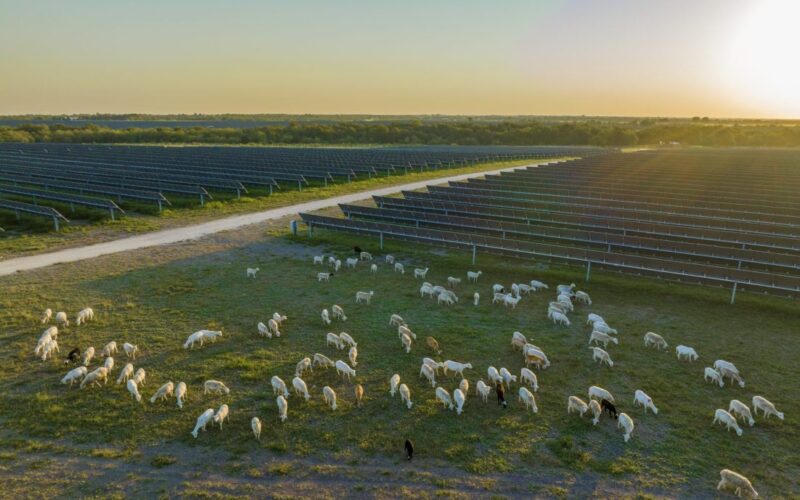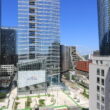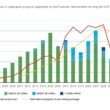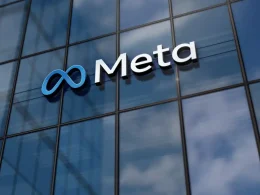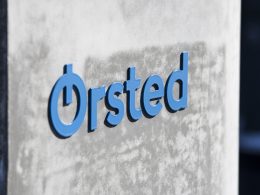H&M Group has been steadily working to increase renewable electricity on global power grids, primarily through Power Purchase Agreements (PPAs) with solar and wind farms. As part of this initiative, H&M Group signed a virtual power purchase agreement (VPPA) with Lightsource bp for its 125MW Second Division solar project in Brazoria County, Texas, which will directly contribute to H&M’s carbon reduction goals.
Currently under construction, this solar farm will deliver clean energy to the local grid, supporting energy independence, local energy security, and an estimated annual reduction of 155,000 metric tons of CO₂. The project is scheduled to become operational by late 2024, expected to power roughly 20,500 U.S. homes annually—comparable to removing 33,300 gasoline-powered vehicles from the road each year.
“Considering fashion’s environmental impact, we see great value in moving away from just using certificates to contributing to more clean energy. By partnering with solar and wind farm developers, we can help build renewable electricity capacity in power grids around the world,” said Ulrika Leverenz, Head of Green Investment, H&M Group.
Committed to sourcing 100% renewable electricity across operations by 2030 and achieving net-zero emissions by 2040, H&M Group has set a target for at least 50% of its renewable electricity to come from PPAs with new renewable generation, enhancing capacity in markets where it operates. This shift supports a vital scale-up of renewable systems needed to keep global warming within 1.5°C. In 2021, H&M Group and solar leader Lightsource bp began a partnership through a multi-year power contract supporting renewable energy growth.
“Corporate energy buyers with sustainability goals such as H&M are not only making a meaningful positive impact on our environment. They are enabling the construction of new, home-grown lower carbon energy infrastructure that supports energy diversification, grid reliability, and local economies,” said Helen Brauner, Interim Chief Operating Officer, Lightsource bp USA.
Beyond clean energy, the Second Division solar farm aims to promote biodiversity and agricultural integration. Only 10% of the site will host solar panels, with the remaining area dedicated to native grasses and site-specific vegetation under and around the panels, aiming to enhance biodiversity within five years. Sheep grazing will also be integrated to support agriculture alongside renewable energy production.













